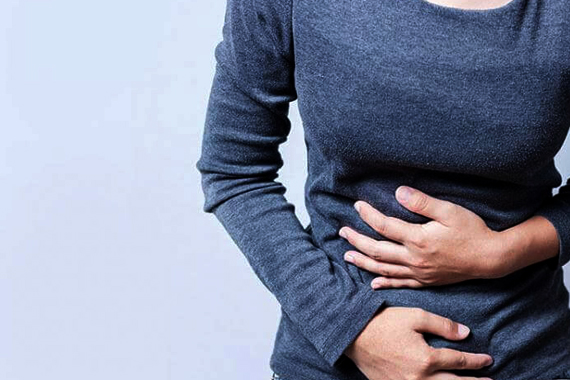Guide for First-Time Parents
Even though you may feel anxious about handling a newborn, in a few short weeks you'll develop a routine and be parenting like a pro!
Getting Help After the Birth
Consider getting help during this time, which can be very hectic and overwhelming. While in the hospital, talk to the experts around you.
Handling a Newborn
If you haven't spent a lot of time around newborns, their fragility may be intimidating.
Bonding and Soothing
Bonding, probably one of the most pleasurable parts of infant care, happens during the sensitive time in the first hours and days after birth when parents make a deep connection with their infant. Physical closeness can promote an emotional connection.
For infants, the attachment contributes to their emotional growth, which also affects their development in other areas, such as physical growth. Another way to think of bonding is "falling in love" with your baby.
Infant Massage
Certain types of massage may enhance bonding and help with infant growth and development.
Swaddling
which works well for some babies during their first few weeks, is another soothing technique first-time parents should learn. Proper swaddling keeps a baby's arms close to the body while allowing for some movement of the legs. Not only does swaddling keep a baby warm, but it seems to give most newborns a sense of security and comfort.
All About Diapering
You'll probably decide before you bring your baby home whether you'll use cloth or disposable diapers. Change your baby's diaper often, and as soon as possible after bowel movements.
Bathing Basics
You should give your baby a sponge bath until:
(1) The umbilical cord falls off and the navel heals completely (1–4 weeks)
(2) The circumcision heals (1–2 weeks)
Tub Baths
When your baby is ready for tub baths, the first baths should be gentle and brief. If he or she becomes upset, go back to sponge baths for a week or two, then try the bath again.
While bathing your infant, never leave the baby alone. If you need to leave the bathroom, wrap the baby in a towel and take him or her with you.
Circumcision and Umbilical Cord Care
Immediately after circumcision, the tip of the penis is usually covered with gauze coated with petroleum jelly to keep the wound from sticking to the diaper.
Umbilical cord care in newborns is also important..
Feeding and Burping Your Baby
Whether feeding your newborn by breast or a bottle, you may be stumped as to how often to do so. Generally, it's recommended that babies be fed on demand — whenever they seem hungry.
If your baby tends to be gassy, has gastroesophageal reflux, or seems fussy during feeding, try burping your little one after every ounce during bottle-feeding or every 5 minutes during breastfeeding.
Sleeping Basics
As a new parent, you may be surprised to learn that your newborn, who seems to need you every minute of the day, actually sleeps about 16 hours or more!Newborns typically sleep for periods of 2–4 hours. Many newborns have their days and nights "mixed up." They tend to be more awake and alert at night, and more sleepy during the day. When your baby wakes up during the day, try to keep him or her awake a little longer by talking and playing.









































